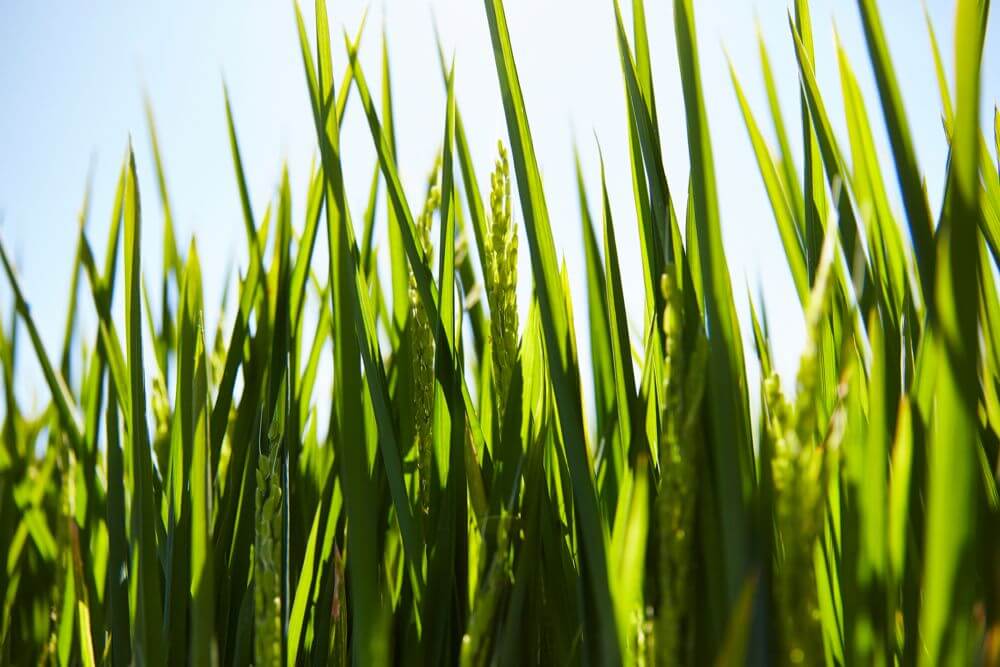
This year, the weather has had an impact on the harvest of agricultural products. In particular, there was a period of extreme heat, which can be described as abnormal. In spite of this, the lack of regular rainfall caused the fields to dry up in some parts of the country and the situation remained very difficult. The weather was characterised this year by a very unbalanced rainfall pattern, with low adequate rainfall for crops and many torrential downpours causing disasters. Some reports indicate that overall crop yields are expected to fall by 15-20% due to such trends. In addition, the mass media has broadcasted reports of a rice shortage, which could be described as excessive, and this has led to a shortage of rice in the Kanto and Kansai metropolitan areas, where there is no rice on shop shelves and the rice shortage in 2025 is being closely watched. The rice harvest is expected to start this month in various regions, so the situation is expected to calm down, but unstable climate change is likely to have a serious impact on crops in the future.
Australia, as many people know, is a resource-rich country that exports resources and agricultural products overseas. Wheat, barley, soya and maize are not only raw materials for food for human consumption, but also feed for livestock and other animals. In addition to these cereals, rice is also produced in Australia, but compared to other cereals, the number of farmers and the amount of rice produced is not as large.
There are currently about 2,000 farmers in Australia, and production varies from year to year, but amounts to about 1 million tonnes. However, the yield per hectare is 8-9 tonnes, which is one of the highest harvest rates in the world. Around 60-70% of the crop is exported, mostly to Asian countries, including Japan. Global food shortages, population growth and climate change are expected to increase the demand for Australian rice exports in the future, but a number of issues need to be overcome to significantly increase production.
Insufficiency of water resources a large amount of water is required to grow rice, but Australia is a dry land country with poor rainfall, except in some coastal areas. Lack of water resources is a serious problem, especially in areas where droughts are frequent. The rice-producing regions of New South Wales and Victoria are dependent on irrigation, so instability in water supply can have a significant impact on rice production The 2018-2019 drought significantly reduced rice production.
Impacts of climate change
Climate change is having a significant impact on rice production in Australia. Rising average temperatures, changing rainfall patterns and increasing extreme weather events present significant challenges for rice cultivation. In particular, warmer temperatures associated with global warming can have a negative impact on rice growth, leading to reduced yields and quality.
Environmental impacts.
Rice cultivation requires large amounts of water, and irrigation for this purpose can lead to depletion of rivers and groundwater. In addition, methane emissions from rice fields and the use of pesticides and chemical fertilisers can lead to increased greenhouse gas emissions and water pollution. In response, there is a need to introduce sustainable farming techniques to reduce environmental impacts, but this is costly and not all farmers can immediately put it into practice.
Economic challenges.
Australian rice farmers face price competition in international markets. There is a risk of losing competitiveness due to higher prices for Australian rice, especially as cheaper rice from other rice-producing countries in Asia and the Indian subcontinent becomes available on the market. In addition, reduced production during droughts and increased water costs are putting pressure on farmers’ profitability.
Agricultural technology and investment needs
Efficient water use and environmentally friendly farming techniques require updating farm machinery and investing in new technologies. However, some farmers, especially small-scale farmers, may not be able to afford these investments. In addition, the introduction of technology requires education and training, and farmers’ skills need to be upskilled.
Sustainability and policy uncertainty
Changes in government agricultural and water resources management policies can have a direct impact on rice production. Frequent policy changes make it difficult for farmers to plan for the long term and establish sustainable production systems.
To address these challenges, advances in agricultural technology, sustainable water resource management and government support are essential.







